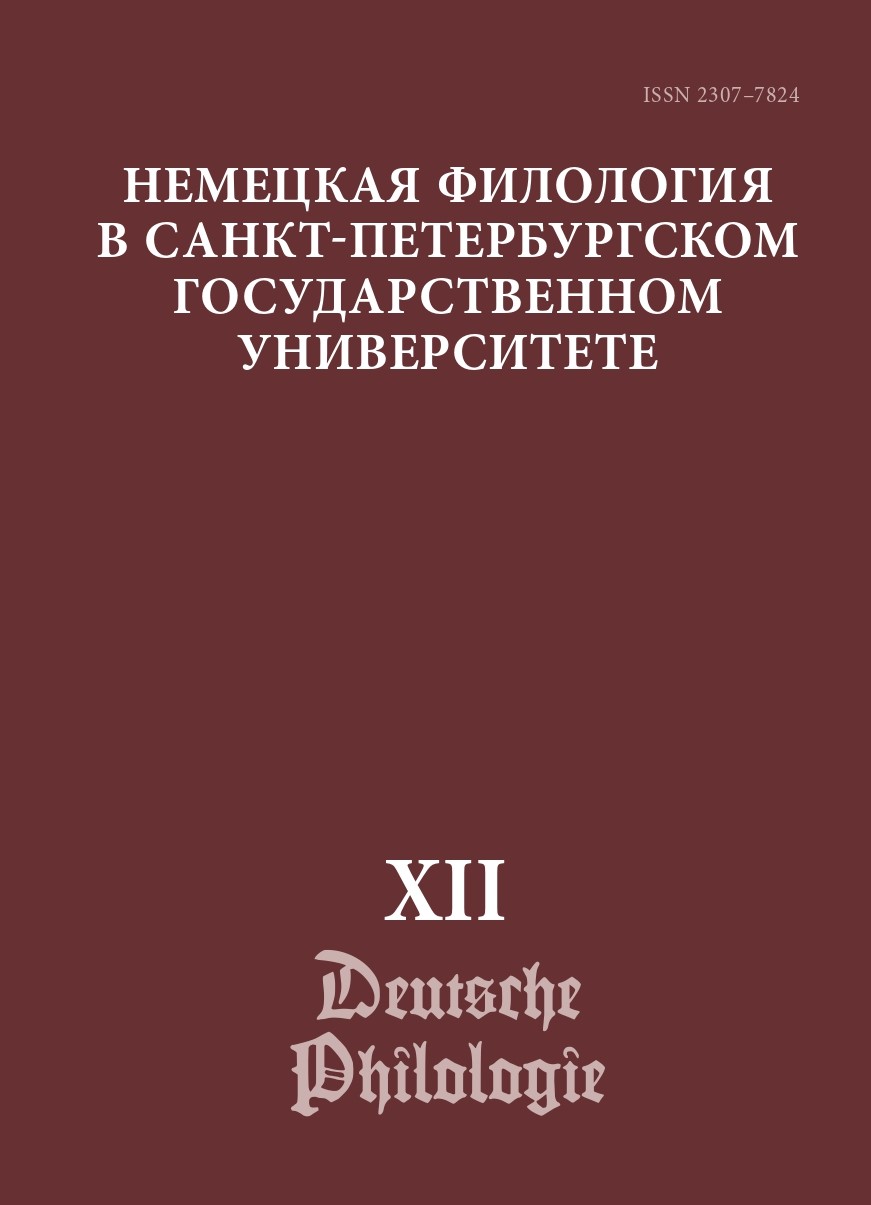THE ROLE OF VISUAL AND GRAPHIC ELEMENTS IN EXPRESSING THE EVALUATION IN LANGUAGE: A CASE STUDY OF GERMAN AND RUSSIAN SOCIOLOGY TEXTBOOKS
DOI:
https://doi.org/10.21638/spbu33.2022.107Abstract
The article examines the place of illustrative material in college textbooks on sociology in German and Russian seen as multimodal texts, in which verbal, visual, and graphic codes merge into an integral entity. Attention is paid to the problem of evaluation through the prism of visual and graphic elements in textbooks. These aspects are the novelty of the study. The relevance stems from the increasing interest in multimodality as a result of the realization that the study of multimodality requires an integrated approach. Relevance is also manifested in the fact that evaluation in scientific educational practice is a priority subject of sociolinguistics and pragmatics. The research is based on a critical multimodal discourse analysis, in which a comprehensive interpretation of the book text is carried out. We state that the very use of illustrative material is an evaluative strategy, since images, tables, etc. serve as a means of vivid and compact presentation of the most relevant — from the point of the author’s view — information. Illustrations add expressiveness and emotionality to the text, help structure and gradate information by its importance. The texts accompanying illustrations reveal both the explicit and implicit authorial stance and the engagement tactics. In terms of linguistic and cultural specificity, it was discovered that the Russian text-books are more saturated with visuals, graphics. While the authors of German textbooks use evaluation more, especially hedging of their statements (conjunctive, modal verbs, passive), the Russian textbooks tend to express a more categorical evaluation.
Downloads
Downloads
Published
How to Cite
Issue
Section
License
Условия передачи авторских прав на статьи и рецензии, опубликованные в ежегодном периодическом издании «Немецкая филология» регулируются условиями Лицензионного Договора автора с Санкт-Петербургским государственным университетом. В соответствии с Лицензионным Договором опубликованные материалы находятся в открытом доступе, а авторам бесплатно предоставляется неограниченные возможности их распространения и самостоятельного архивирования.




